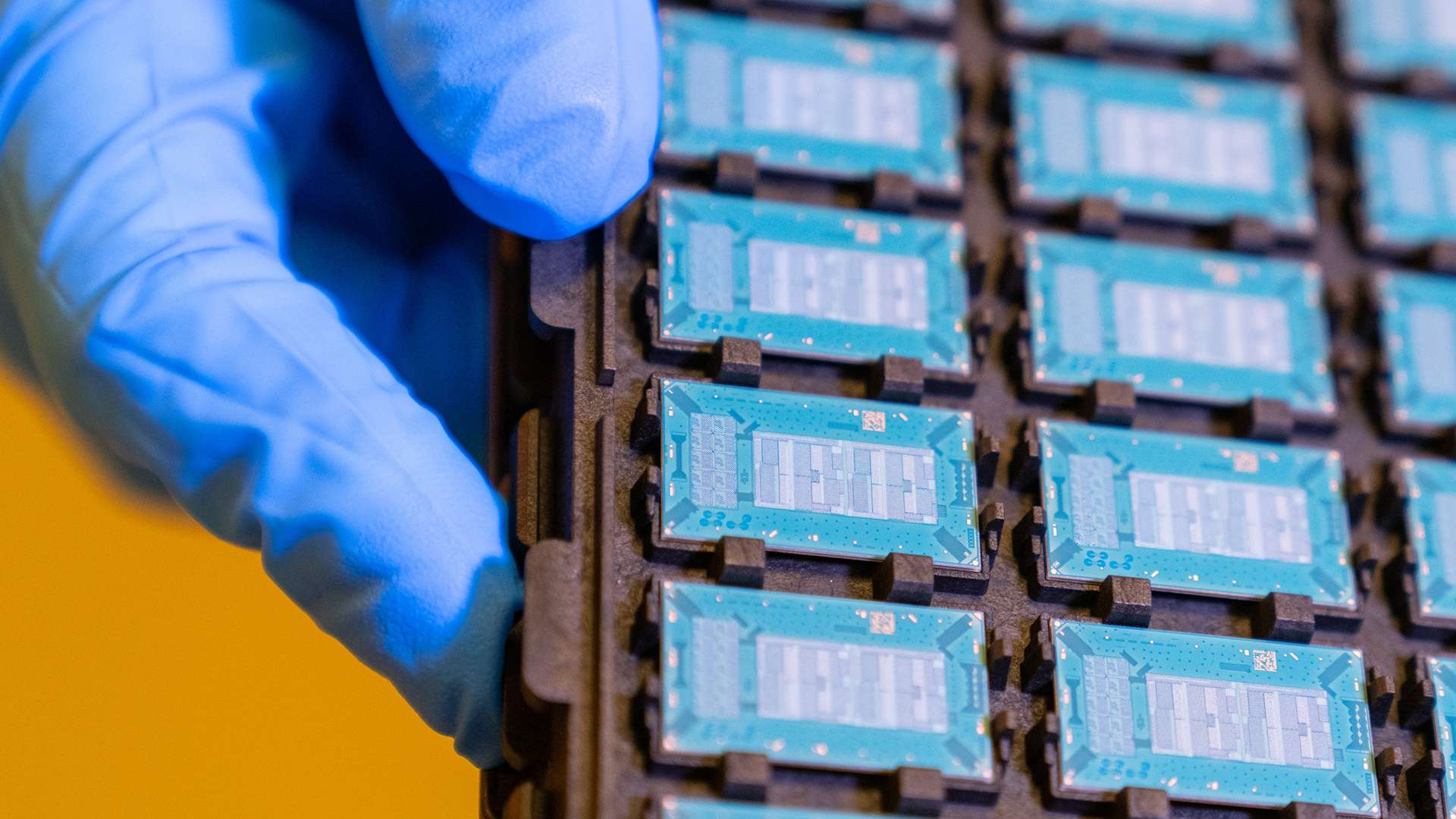 INFRA
INFRA
 INFRA
INFRA
 INFRA
INFRA
Intel Corp. will manufacture most of the components in its next-generation personal computer chips internally, Chief Executive Officer Pat Gelsinger has revealed.
Gelsinger detailed the plan during the company’s third quarter earnings call on Thursday. Intel posted revenue and adjusted earnings per share that topped analyst expectations, which gave its stock nearly an 8% boost today. The chipmaker’s guidance for the current quarter also exceeded the consensus estimate.
Intel’s flagship PC processor families are known as Arrow Lake and Lunar Lake. The former product series includes central processing units for desktops and laptops, while the latter lineup focuses solely on the laptop market. Both chip families are based on components made largely by Taiwan Semiconductor Manufacturing Co. Ltd.
Intel plans to take a different manufacturing approach with Panther Lake, the successor to its Lunar Lake series of laptop CPUs. The processor line is set to launch in the second half of 2025. During Thursday’s earnings call, Gelsinger told analysts that more than 70% of the upcoming chips’ surface area will be made at Intel fabs.
The company plans to produce Panther Lake using its cutting-edge Intel 18A manufacturing process. The technology introduces a gate-all-around, or GAA, architecture that boosts chips’ power efficiency by reducing the amount of electricity which leaks out of transistors during processing. Additionally, Intel has redesigned the tiny wires responsible for delivering power to the transistors in a manner that will boost computing speeds.
“Panther Lake will be our first client CPU on Intel 18A, a more performant and cost competitive process that will allow us to bring more wafers home and improve overall profitability,” Gelsinger said.
A recent leak suggests that each Panther Lake processor will comprise five chiplets, or silicon modules. One module contains a CPU, another hosts a graphics processing unit and a third will manage the flow of data throughout the processor. There are reportedly also two inactive chiplets that function as support structures for the other components.
Intel is expected to offer three sets of Panther Lake chips with varying performance levels. The most capable processor collection, Lake-H, will reportedly include configurations with up to 16 CPU cores. Four of those cores are expected to feature a performance-optimized design, while the rest will trade off some speed for lower power usage.
Intel plans to follow up the laptop-focused Panther Lake with a line of desktop processors called Nova Lake. On Thursday, Gelsinger detailed that the latter product lineup will likewise be manufactured primarily using the company’s in-house fabs.
“We definitely have some SKUs that we’re looking at continuing to leverage externally, but the large majority of Nova Lake and more of the additional tiles have come back in-house as well,” Gelsinger said.
Support our mission to keep content open and free by engaging with theCUBE community. Join theCUBE’s Alumni Trust Network, where technology leaders connect, share intelligence and create opportunities.
Founded by tech visionaries John Furrier and Dave Vellante, SiliconANGLE Media has built a dynamic ecosystem of industry-leading digital media brands that reach 15+ million elite tech professionals. Our new proprietary theCUBE AI Video Cloud is breaking ground in audience interaction, leveraging theCUBEai.com neural network to help technology companies make data-driven decisions and stay at the forefront of industry conversations.